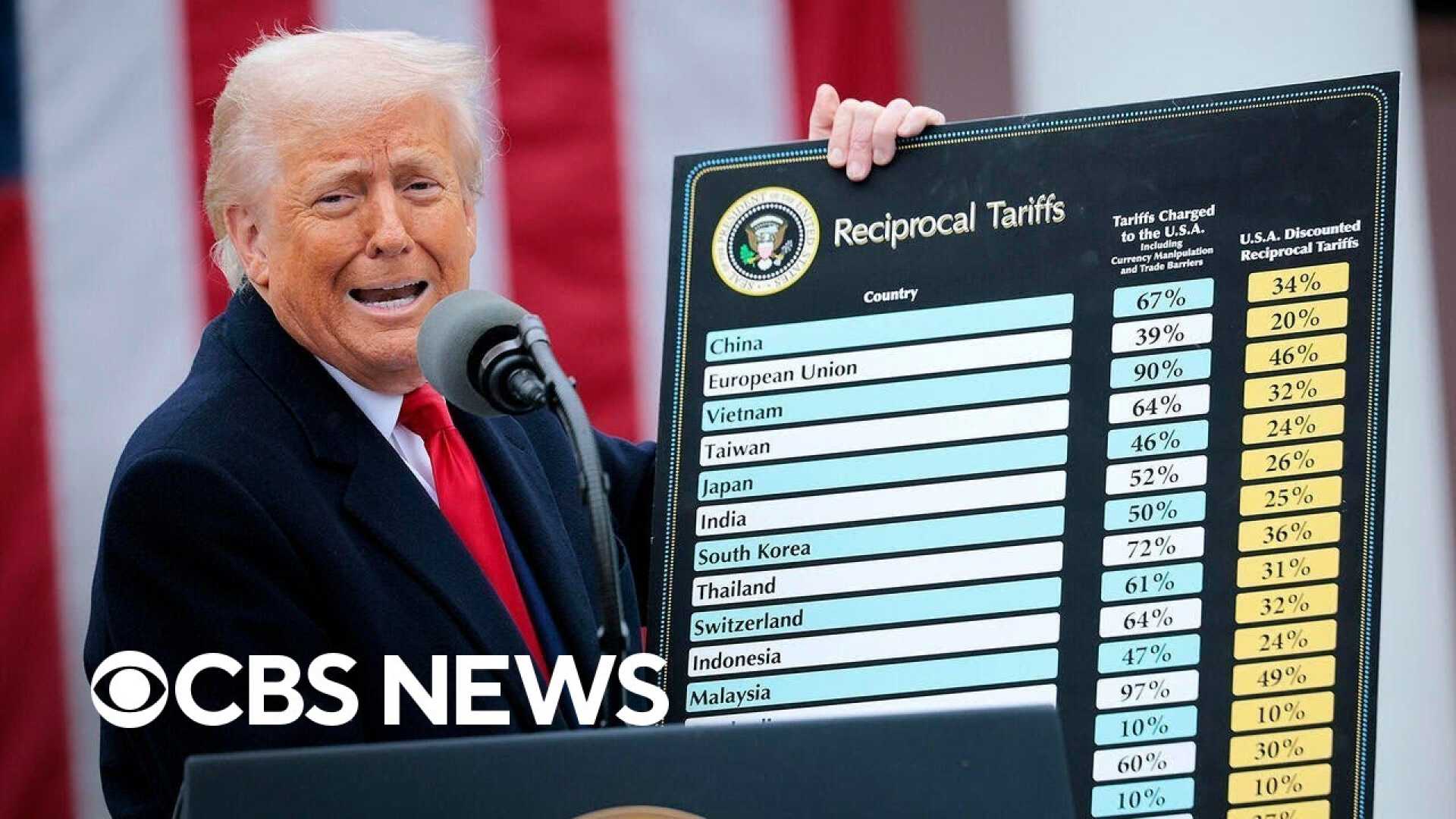Business
Trump Announces 90-Day Tariff Pause Amid Financial Market Turmoil

LONDON, April 10 (Reuters) – U.S. President Donald Trump announced a 90-day pause on most tariffs Wednesday, following significant turmoil in financial markets, particularly an acute sell-off in the $29 trillion U.S. Treasury market. The announcement came after a week in which investors were rattled by Trump’s original tariff plans, which many feared could lead to economic instability.
During a press briefing, Trump declared, “The bond market has recovered well” after his earlier tariff announcements shook investor confidence. His remarks appeared aimed at reassuring markets that the sell-off was a temporary reaction to his policy decisions.
Market analysts noted that the sell-off in the Treasury market is indicative of the inherent power these government bond markets have in influencing policy decisions. Speculation about the return of so-called “bond vigilantes”—investors who raise borrowing costs to impose fiscal discipline—has been on the rise in recent years.
Throughout the week, the U.S. Treasury market experienced extreme volatility, with 10-year borrowing costs surging to a peak of 4.51% before settling at 4.27% on Thursday. Analysts warned that this spike could have ripple effects on other areas of the economy, particularly in borrowing costs for mortgages, which are benchmarked to 10-year Treasuries.
According to data from ICE BofA, yields on U.S. junk bonds rose nearly a percentage point over the past week to 8.38%. This increase reflected a broader trend of rising borrowing costs, impacting both domestic and international markets. Countries like Britain and France, already grappling with high debt levels, felt additional pressure as Treasury yields climbed.
A closer look revealed that Japan’s 30-year bond yield surged to levels not seen in 21 years during this market upheaval, and the U.K.’s 30-year yields reached their highest since 1998. Although these yields fell back slightly on Thursday, the rapid shift instilled caution among investors.
Some market participants compared the recent sell-off to the chaotic “dash-for-cash” seen in March 2020, which prompted the Federal Reserve to step in with a massive $1.6 trillion bond-buying initiative. Signs of an order in the sell-off appeared as hedge funds unwound some debt-fueled bets, but bid-ask spreads widened significantly, doubling from their normal levels.
One trading desk highlighted that the opening bid-ask spread was considerably larger before Trump’s announcement, indicating market stress. Analysts suggest a key factor driving the sell-off was the rapid unwinding of basis trades, which involve significant leverage and can precipitate larger market movements when prime brokerages recall their loans.
Additionally, speculation arose regarding the potential for China to offload a portion of its U.S. Treasury holdings. As the second-largest foreign holder of U.S. government debt, China’s decisions could substantially impact market stability if they chose to act.
Yardeni Research commented on the situation, stating, “The Bond Vigilantes have struck again,” pointing to their historical role as a force holding governments accountable for fiscal irresponsibility. They observed, “In U.S. financial markets, they are the only players with a 100% success rate in influencing policy measures.”
This week’s events underscore the delicate balance between government policy and market reactions, highlighting how investor sentiment can shift rapidly in response to changes in economic policy.












